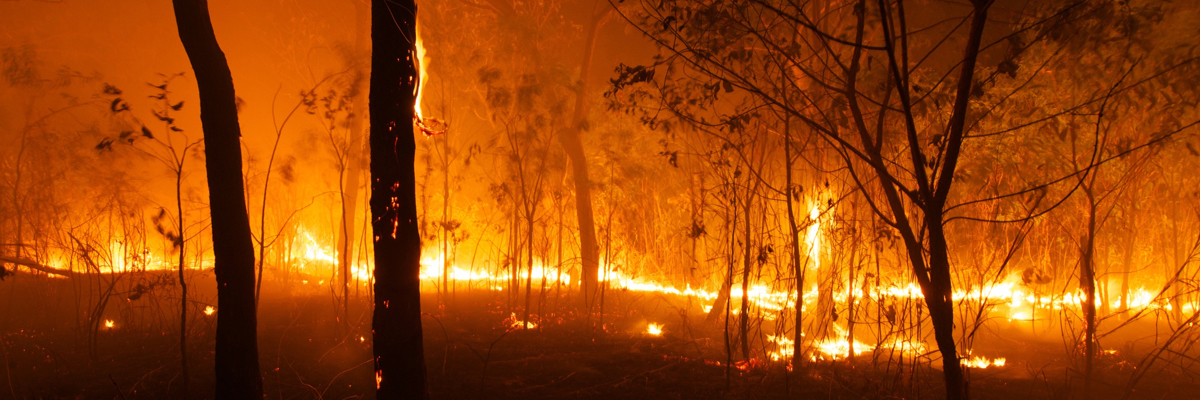Ensuring Bush Fire Defense Via Proper BAL Record Analysis
In the realm of bush fire security, the careful analysis of Bushfire Assault Level (BAL) reports stands as a keystone for protecting homes against the destructive impact of wildfires. With environmental variables and residential or commercial property attributes playing significant roles in figuring out the level of danger, an extensive understanding of BAL ratings comes to be crucial.
Recognizing Bushfire Assault Level (BAL)
In the world of bushfire security, comprehending the Bushfire Strike Level (BAL) is paramount for guaranteeing effective mitigation techniques. Recognizing the BAL score of a residential property is important for home policymakers, owners, and building contractors to apply appropriate actions to protect against bushfire risks.

Relevance of BAL Record Evaluation
A vital element in bushfire defense planning entails the detailed evaluation of BAL records to analyze the prospective dangers and determine suitable reduction strategies. BAL reports offer essential details concerning the possible impact of bushfires on a home based upon various factors such as greenery type, range to potential fire threats, and slope of the land. Examining these reports with accuracy is paramount in developing efficient bushfire defense actions customized to the certain danger account of a residential property.
Implementing Fire Defense Actions
Applying effective fire defense measures is vital for safeguarding homes in bushfire-prone areas. This involves clearing flammable vegetation, such as dry fallen leaves and branches, within a particular span of the residential property.
Moreover, having a well-kept and adequate water supply, such as a container or swimming pool, can help firemens in their efforts to secure the home. BAL Report. Overall, carrying out a mix of these fire protection measures can substantially boost the possibilities of protecting residential or commercial properties throughout bushfire occasions.
Mitigating Dangers in Fire-Prone Areas
To fortify residential properties versus bushfire risks, a critical focus on mitigating threats in fire-prone locations is essential. One crucial aspect of threat mitigation is maintaining defensible space around homes by removing flammable vegetation, guaranteeing ample spacing in between structures and trees, and using fire-resistant landscaping practices.
Moreover, creating or retrofitting structures with fireproof materials and making certain correct upkeep of roofs, seamless gutters, and exterior cladding can dramatically boost the residential or commercial property's strength to bushfires. Developing and practicing a bushfire emergency strategy with all occupants, consisting of discharge treatments and communication techniques, is additionally crucial in mitigating dangers successfully. By embracing an aggressive method to run the risk of mitigation in fire-prone areas, homeowner can much better protect their possessions and boost general bushfire preparedness.
Ensuring Home Safety And Security and Resilience
Guaranteeing the security and resilience of residential properties discover this in fire-prone locations needs an unwavering commitment to robust safety nets and tactical planning. Residential or commercial property safety and security begins with applying reliable steps to decrease fire threats. This consists of keeping a defensible space around the residential or commercial property by getting rid of flammable plants, ensuring proper upkeep of roof coverings and rain gutters, and making use of fire-resistant building materials. Regular upkeep of firefighting tools, such as hoses and sprinkler systems, is likewise essential to residential property durability.
Resilience, on the various other hand, includes the capability of a building to recuperate and stand up image source to from a bushfire. By proactively dealing with these elements, residential property proprietors can much better safeguard their properties and loved ones from the danger of bushfires.
Verdict
To conclude, making sure bushfire defense via appropriate BAL record analysis is essential for understanding the level of risk presented by bushfires and executing necessary fire security measures. By alleviating risks in fire-prone locations and ensuring residential or commercial property security and strength, individuals and areas can better plan for and reply to bushfire events. It is crucial to focus on fire security steps to secure lives and property in these risky settings.
In the realm of bush fire security, the precise analysis of Bushfire Assault Degree (BAL) reports stands as a foundation for guarding buildings versus the terrible influence of wildfires (BAL Report). Recognizing the BAL rating of a home is essential for residential or commercial property proprietors, policymakers, and contractors to implement suitable actions to secure against bushfire dangers
BAL reports supply crucial information about the possible effect of bushfires on a home based on various variables such as greenery kind, distance to possible fire dangers, and incline of the land (BAL Report). In general, applying a combination of these fire defense actions can substantially boost the chances of protecting properties throughout bushfire occasions
Comments on “Demystifying BAL Reports: A Guide to Comprehending Your Residential property's Bushfire Threat”